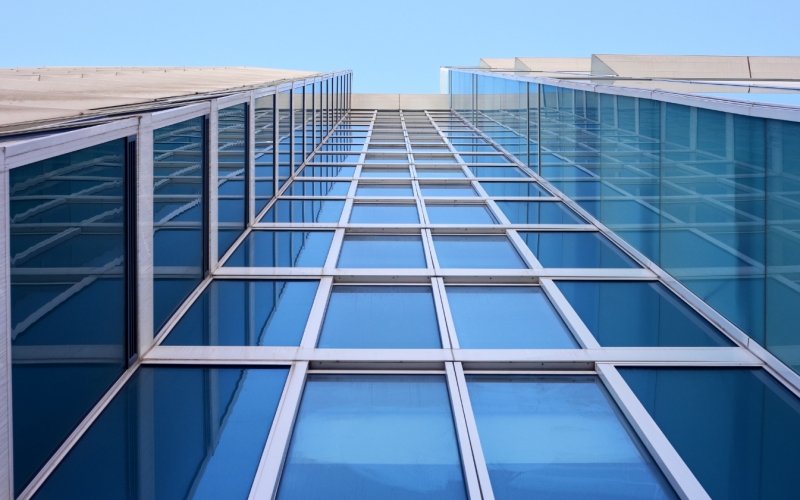
For the Scottish Government to meet their 2045 net zero target for homes and non-domestic buildings (as set by the Heat in Buildings Strategy 2021) the emissions attributable to these properties will have to fall by 68% by 2030. Although it is not a new trend, ‘retrofitting’ is set to become a key sustainability and decarbonisation measure in construction and commercial property markets. Instead of being pegged as demolition projects, owners and developers are reusing materials in innovative ways and redeveloping older buildings to reduce carbon emissions and increase energy efficiency.
Benefits
1. Enhanced market value and rental demand
Retrofitting commercial property can enhance market value and appeal to tenants who are being more selective as they consider their own Environmental, Social and Governance (ESG) goals. Energy efficient buildings are increasingly popular to tenants and investors who prioritise sustainability and want to reduce their environmental impact.
It is not unreasonable to expect that climate risk assessments will become part of property valuations and that ESG disclosure obligations could apply to commercial property, just as the EU imposes on financial market participants through the Sustainable Finance Disclosure Regulation (SFDR). This will in turn makes it easier for investors and prospective tenants to make decisions concerning sustainability.
2. Future proofing against more stringent regulations
As part of the Heat in Buildings Strategy, the Scottish Government is set to develop a new regulatory framework for improving energy efficiency in non-domestic buildings by 2025. The Scottish Government have taken feedback on three options for future legislation;
1) a measures-based approach: this involves a fixed list of recommended improvements to a wider number of properties than currently included,
2) a minimum standards approach: a property’s environmental performance would have to meet a minimum level, most likely linked to their EPC rating, forcing owners to introduce enhanced energy efficiency measures to become compliant, or
3) an operational rating approach: the actual energy consumption and Co2 emissions of commercial properties would be measured regularly, to persuade owners to increase energy efficiency.
Regardless of which approach the Scottish Government takes, higher assessment and regulation of energy efficiency in buildings is coming. Retrofitting ahead of 2025 means that commercial property owners can be ahead of the curve and not financially or strategically unprepared.
3. Long-term cost savings
Conducting energy efficiency upgrades in non-domestic property will reduce energy consumption leading to lower energy bills and operating expenses. Cost-savings on utility bills over the long term are attractive both to owner-occupiers and tenants.
Challenges
1. Upfront cost
The dilemma that property and business owners are presented with when they consider implementing retrofitting measures is that there is generally a high upfront cost. The savings that owners would benefit from in the long run may feel distant or unquantifiable.
Business Energy Scotland is funded directly by the Scottish Government to help provide support and access to funding to small and medium-sized business in Scotland, with the aim of saving energy, carbon and money. A Glasgow warehouse, Greencity Wholefoods, used Business Energy Scotland’s support to install solar panels at their premises, allowing them to reduce energy costs and reinvest more funding into their business.
2. Inconvenience
Retrofitting can be a complex process that takes time. Architectural or structural constraints may also make upgrades to outdated systems challenging. Collaborating with experienced sustainability consultants, architects and engineers is crucial.
The best time to conduct retrofits is when tenants are vacating and/or reassessing their accommodation needs or when demolition is being considered. Ultimately, the inconvenience of increasing energy efficiency within properties will take place at some point. Early adopters of this practice will bear the inconvenience on their terms.
Conclusion
Although retrofitting does not come without its challenges, the overall carbon footprint of commercial properties must be reduced and increased energy efficiency is inevitable. Retrofitting is a mechanism that property owners can use to ‘future-proof’ their asset, securing long term resilience in the rental market, reducing energy costs, and ensuring compliance with future tightening energy efficiency regulations.
If you would like further advice on any of the points raised in this article, please contact the Commercial Real Estate team on 03330 430350.
